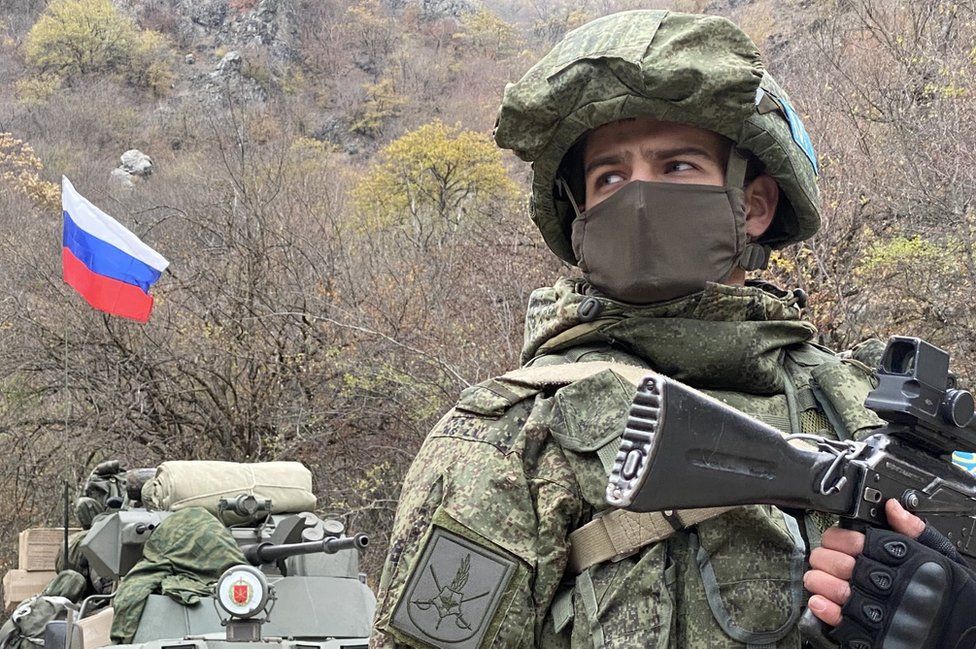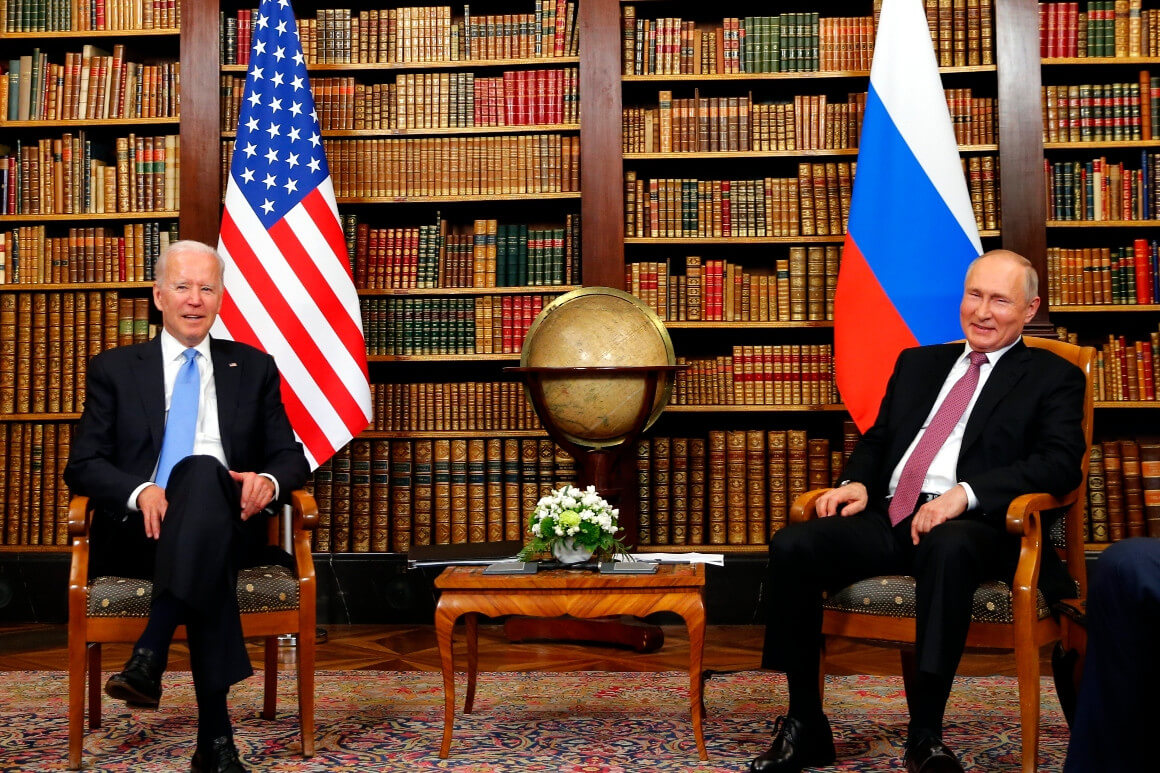On Tuesday, the United States (US) confirmed that it would sit down with Russia on January 10 to discuss President Vladimir Putin’s security proposal regarding ongoing tensions along the Ukraine border.
A spokesperson from the National Security Council (NSC) told reporters that Russia would hold a separate meeting with North Atlantic Treaty Organization (NATO) on January 12, followed by a broader discussion with the Organization for Security and Cooperation in Europe (OSCE) on January 13. Regarding the US-Russia meeting, the spokesperson said, “When we sit down to talk, Russia can put its concerns on the table, and we will put our concerns on the table with Russia’s activities as well.” The spokesperson also assured that Ukraine would be consulted regularly throughout negotiations.
Meanwhile, Russian Deputy Foreign Minister Sergei Ryabkov told state-owned news agency RIA Novosti that “these exact dates are being considered,” but added, “We do not have a final, complete agreement on all aspects, but no alternative dates are being considered either.” Earlier this month, the Russian Foreign Ministry published a detailed list of “legally binding” security demands made to the US and NATO in an effort to de-escalate tensions with Ukraine. Russia demanded that NATO must stop its eastern expansion and asked the US to cease military activity near Russian borders.
Putin has warned that Russia is ready to initiate a military response if its security demands are not met. Likewise, Ryabkov has previously said that Russia is ready to deploy its intermediate-range nuclear missiles in Europe if NATO redeploys its intermediate-range missiles.

On Tuesday, US Secretary of Defence Lloyd Austin instructed USS Harry S. Truman, a fleet of six naval aircraft carriers, to remain in the Mediterranean Sea instead of moving towards the Middle East. He cited the need for a “persistent presence in Europe” to “reassure our allies and partners of our commitment to collective defence,” possibly referring to Ukraine’s military tensions with Russia. A US official told Reuters that there are no plans to move the fleet closer to Ukraine. Earlier on Monday, US President Joe Biden signed into law the $770 billion National Defence Authorisation Act (NDAA), which allocates $300 million to support Ukraine’s armed forces.
Over the last few months, the US and its Western allies have accused Russia of planning to invade Ukraine, citing the presence of 175,000 Russian troops at the border with Ukraine. However, Russia pulled 10,000 troops from the border last week. Russia has also accused Ukraine of escalating tensions by amassing troops at the border and violating the Minsk Protocol.

